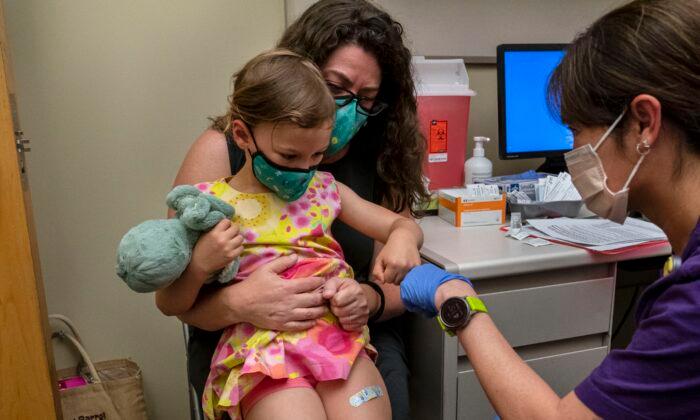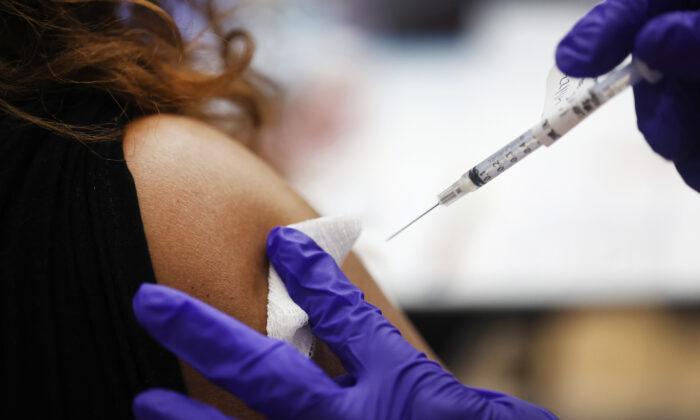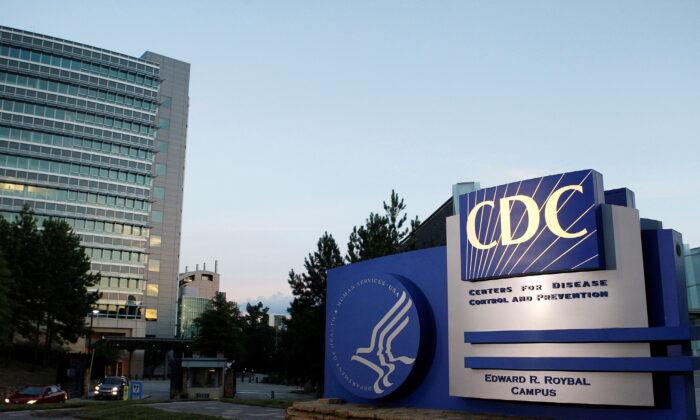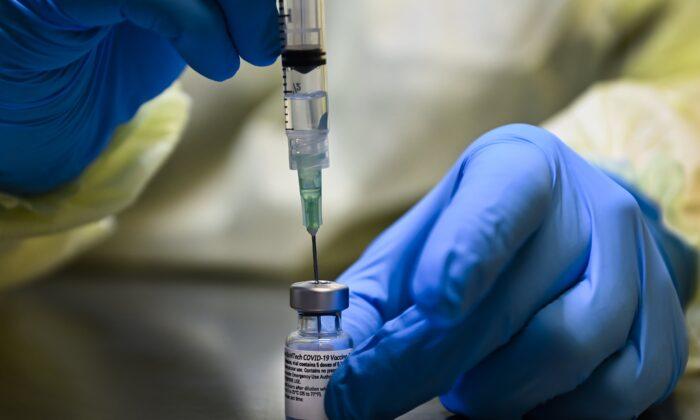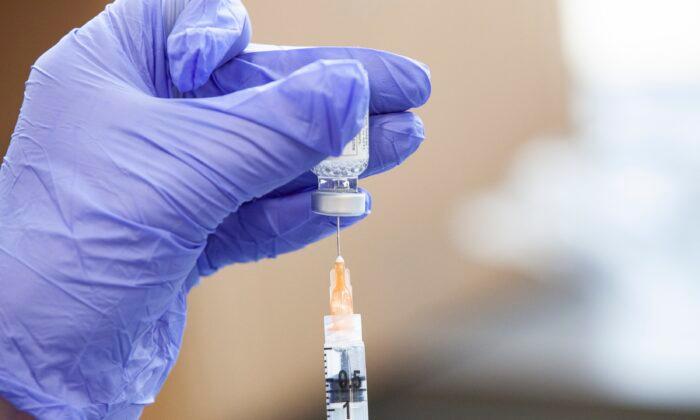For nearly two years, vaccine expert and virologist Geert Vanden Bossche has been on a mission to raise awareness of why healthy children should not receive COVID-19 vaccines.
Vanden Bossche, who has 30 years of experience in the vaccine industry, claims that it is primarily the unvaccinated children and adults who can generate herd immunity.
“The children are our only hope still, to generate herd immunity,” Vanden Bossche told The Epoch Times. “And herd immunity means, thanks to their natural immunity, they can kill the virus, they can sterilize the virus.”
It is only herd immunity that “will be able, at the population level, to dramatically reduce infectious pressure and to tame the pandemic so that it can transition into an endemic phase,” he added, since the “vaccines cannot do this. On the contrary, the vaccines lead to the breeding of more and more infectious variants, which is enhancing the infectious pressure in the population.”
Herd immunity is defined as when a percentage of the population becomes immune to a disease—either through a previous infection or vaccination—which acts to stop or slow down the spread.
Yet, vaccines have never significantly contributed to ending influenza pandemics in the past. The virus in each pandemic had largely run its course and became endemic.
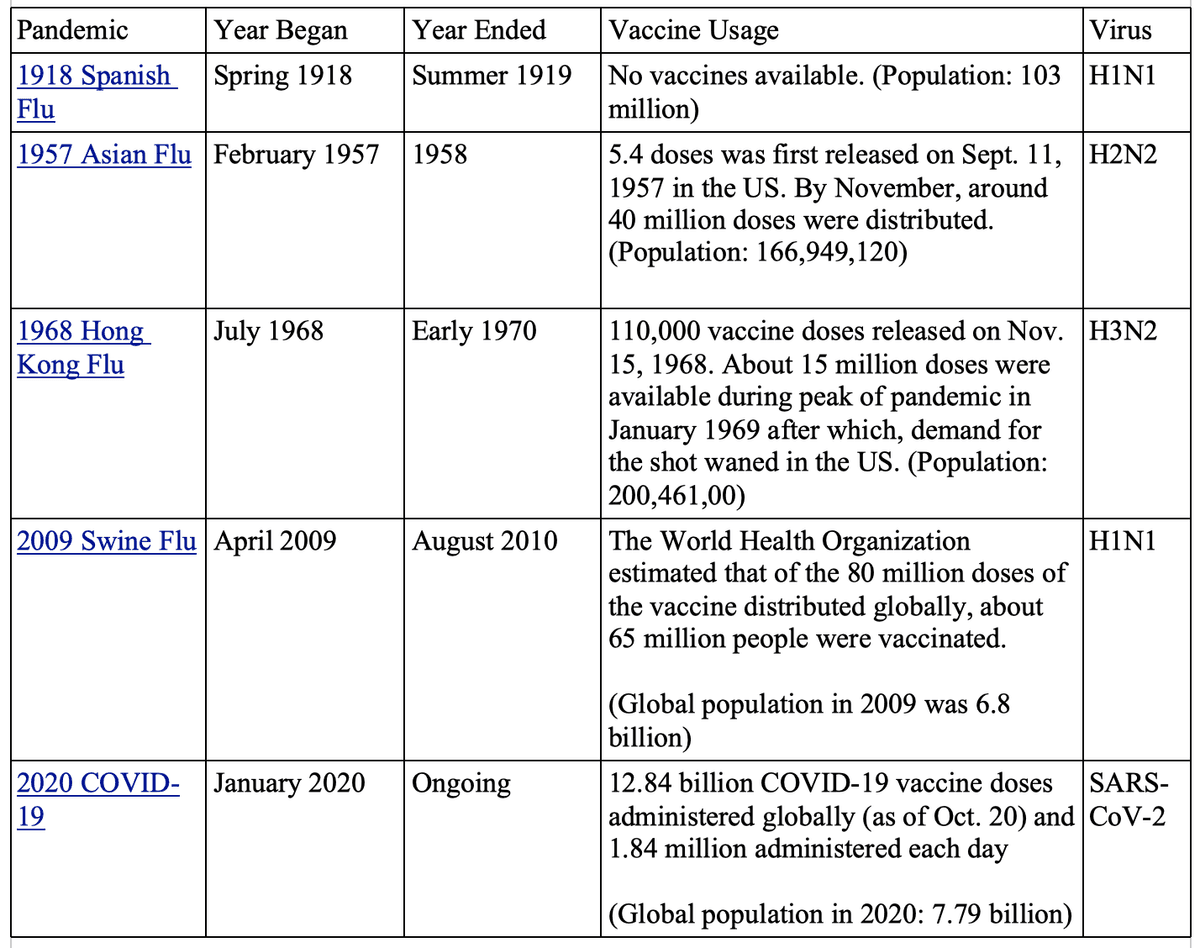
The COVID-19 pandemic is the first time that mass vaccination is being done in the middle of a pandemic.
According to Vanden Bossche, mass vaccination with vaccines cannot prevent infection during a pandemic when there is high infection pressure because it leads to immune escape, a phenomenon where a virus can escape the host’s immune system.
Protecting the Innate Immune System
The most important reason why children should not receive a COVID-19 vaccine is to protect their innate immune system from being compromised, according to Vanden Bossche. The innate immune system is the body’s first line of defense against foreign pathogens.“These innate antibodies have an incredibly important function because they will help the child to kick off its own immune system,” he said, adding that these antibodies may be able to neutralize SARS-CoV-2 and many other viruses that are encountered.
In addition, when the innate antibodies bind with viruses, this process educates the innate immune system to recognize the virus if it enters the body again in the future.
Vanden Bossche also added that by “binding to viruses, these innate antibodies will prevent your immune system from recognizing self components,” meaning the innate immune system is also trained to differentiate self from non-self, so it doesn’t attack the body’s normal cells, leading to autoimmune disease.
When children are administered the COVID-19 vaccine, Vanden Bossche said that the antibodies induced by the vaccine will outcompete the innate antibodies in binding with the virus, as the vaccinal antibodies have a higher binding affinity to the spike antigen and thus cutting off the innate antibodies in doing its job and to properly train the innate immune system.
Federal and local health authorities have been pushing to increase COVID-19 vaccine uptake in children in the past two weeks.
The CDC messaging now is to encourage everyone 5 and older to get the bivalent booster regardless if they’ve already received two booster doses.
“So instead of counting how many boosters somebody’s gotten, what we really want to emphasize is that everybody should get an updated booster this fall,” Meyer added.
The CDC says the booster, based on data from eight mice, provides protection against the original Wuhan strain and the Omicron subvariants BA.4 and BA.5.
Dr. Vinay Prasad, a hematologist-oncologist, speaking out against COVID-19 vaccines for healthy children, said that no human data exists to show the new booster protects against any variants.
